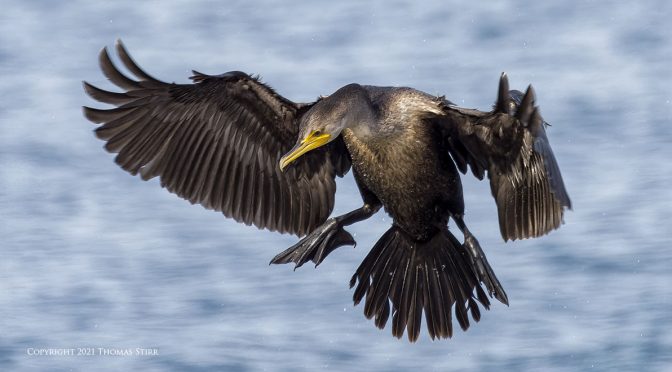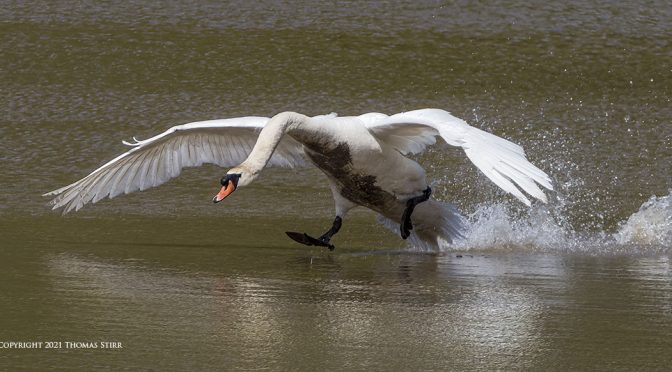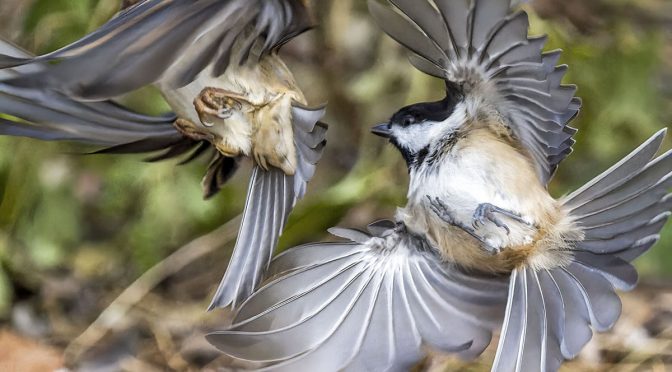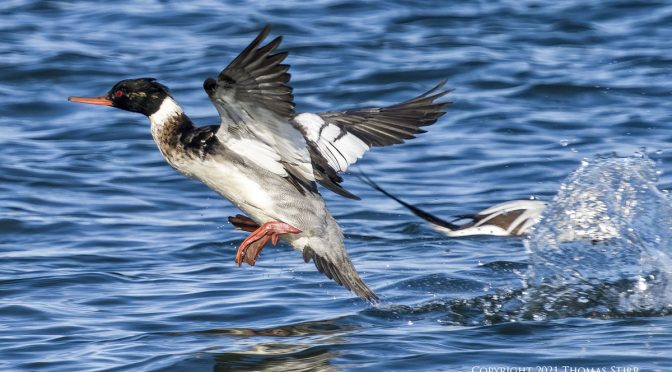This article features 18 consecutive handheld photographs of a cormorant in-flight using Bird Detection AI Subject Tracking. These images were captured in late September 2021 as part of an intensive practice exercise I did at Grimsby harbour.
Category Archives: Birds in Flight
Thankful Moments
With yet another round of COVID-19 ripping through many countries it can be difficult to identify and celebrate thankful moments in our lives.
This article shares some handheld bird photographs captured on January 6, 2022 at LaSalle Park in Burlington Ontario. There is no specific theme with this article, other than to introduce what may be a series of Thankful Moments postings.
Swan on the Run
This article features 24 consecutive images of a swan on the run crossing the surface of a pond at Hendrie Valley in Burlington Ontario. I made a quick focal length adjustment part way through capturing this series of photographs, going from a focal length of 508 mm (efov 1016 mm) to 400 mm (efov 800 mm). When we photograph birds-in-motion we sometimes need to make a quick focal length adjustment to maintain the relative framing of the subject in our image run.
Flock Behaviour
This article discusses how, when birds demonstrate flock behaviour, it can be leveraged to create an abundance of bird-in-flight photographs. I was recently at LaSalle Park in Burlington and had the opportunity to capture a good assortment of images of ducks in flight. A small group of ducks demonstrated flock behaviour in a fairly predictable manner which created the opportunity.
Small Birds at LaSalle
This article features a selection of images of small birds at LaSalle Park in Burlington. Most are taking flight.
Long-tailed Water Landings
This article shares a selection of photographs of long-tailed duck water landings captured handheld at the Burlington lift bridge. This species of duck visits our area for a short time in the early winter months. When possible, I try to photograph them a number of times during this time frame.
Box of Chocolates Moment
Many of us can remember the famous scene in the movie Forrest Gump where life is compared to a box of chocolates. The phrase was used to describe the unpredictability of life… you never know what you’re going to get. Those of us who enjoy bird and nature photography have a box of chocolates moment every time we go out with our camera gear.
I was out at LaSalle Park in Burlington Ontario yesterday and was treated to a couple of wonderful box of chocolates moments. This posting provides some background on those moments and shares a selection of new photographs.
Using 60 FPS for BIF
This article discusses using 60 FPS (frames per second) to photograph BIF (birds-in-flight) and shares an extensive collection of handheld images captured a few days ago.
I should apologize in advance for the overall quality of the images in this article. These photographs were captured under very dull, overcast and windy conditions. Not the best for image quality… but very good test conditions if one is inclined to push their camera gear hard as I’m apt to do. 🙂
Using Teleconverters for BIF
This article discusses using teleconverters for BIF and some of the practical considerations that come into play with this type of photography. Many people love to photograph birds and really enjoy capturing images of birds-in-flight (BIF). Using long telephoto lenses can be a challenge. This is compounded when teleconverters are added to the mix.
All of the photographs featured in this article were captured handheld in about 2 hours and 15 minutes during a visit to the lift bridge in Burlington Ontario on Tuesday of this week.
Bonanza of Merganser
On Sunday I went to the lift bridge in Burlington Ontario to photograph longtail ducks and was treated to a bonanza of merganser ducks. Mergansers usually visit this location in mid to late November and stay for 6 to 8 weeks… and sometimes longer.
The longtails usually outnumber the mergansers by a ratio of about 20 to 1, making it difficult to spot the mergansers. Typically there are only a handful mixed in with the longtails. I was pleasantly surprised that there were several dozen mergansers in the area.










